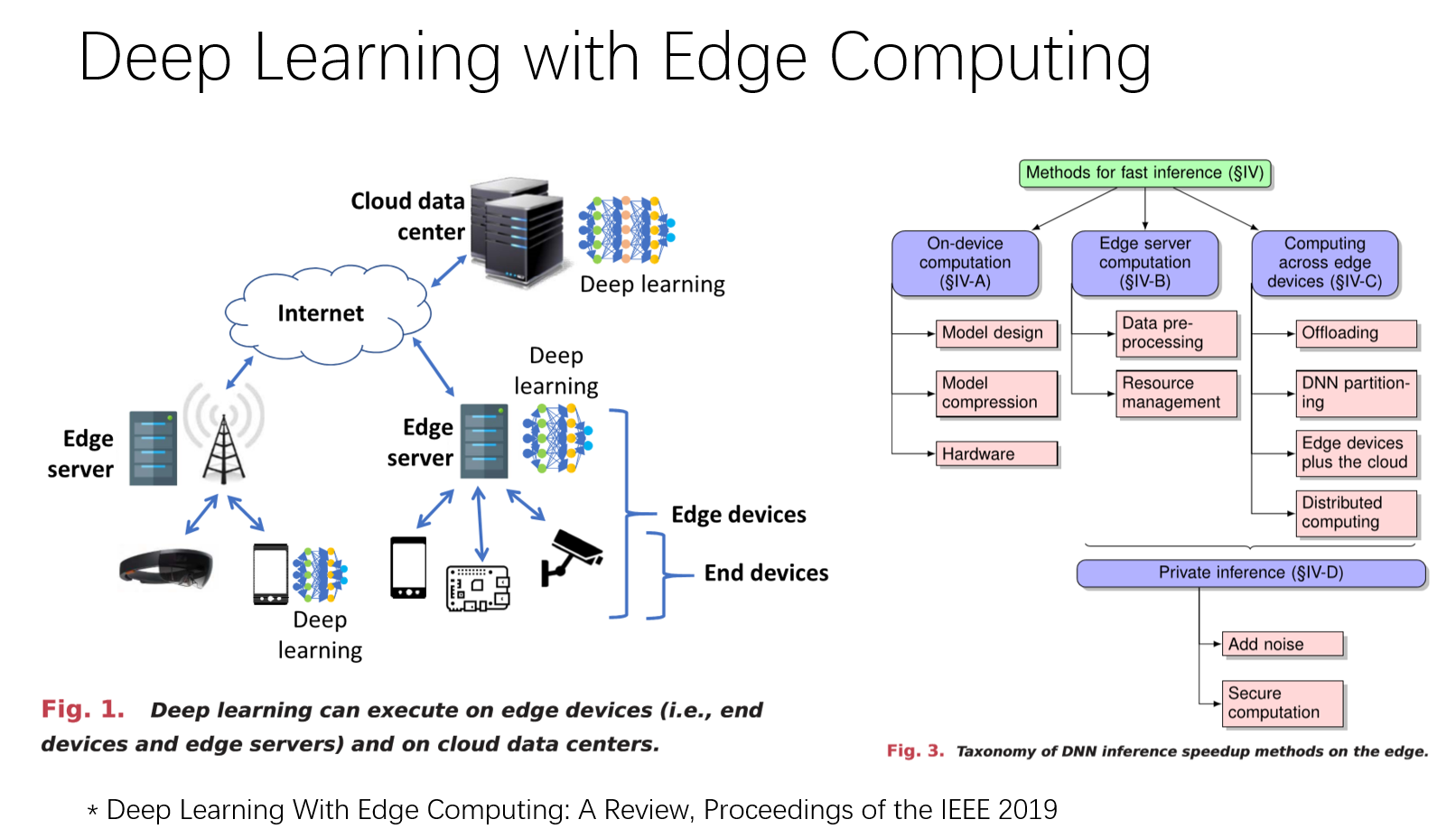|
Computer vision has emerged as a revolutionary technology that aims to mimic and enhance human visual perception through the use of computational algorithms. With recent advancements in artificial intelligence, machine learning, and deep neural networks, computer vision has witnessed remarkable progress and is transforming various industries including healthcare, transportation, surveillance, and entertainment. One of the key areas where computer vision has made significant strides is medical imaging. Traditional methods of diagnosing diseases and conditions relied heavily on manual interpretation of medical images such as X-rays, CT scans, and MRIs. However, computer vision techniques have enabled automated analysis of these images, leading to improved accuracy and efficiency in diagnostics. Machine learning models can now identify subtle patterns and anomalies that might go unnoticed by human observers, aiding in early detection of diseases like cancer, cardiovascular disorders, and neurological conditions. Computer vision has also revolutionized the field of autonomous vehicles. By leveraging real-time image and video processing, self-driving cars can navigate complex road environments, detect obstacles, and make informed decisions. Advanced algorithms enable object recognition, lane detection, and pedestrian tracking, ensuring safer and more reliable transportation systems. Moreover, computer vision has extended its impact to traffic management, with intelligent systems capable of monitoring traffic flow, detecting violations, and optimizing traffic signals for smoother commutes. In the realm of surveillance and security, computer vision algorithms play a crucial role in analyzing vast amounts of video footage for threat detection and identification. Facial recognition technology, powered by computer vision, has become increasingly prevalent in law enforcement, access control systems, and border security. These systems can rapidly compare faces against databases, aiding in identifying suspects or missing persons. However, it is essential to strike a balance between security benefits and privacy concerns associated with widespread adoption of facial recognition technology. Beyond these practical applications, computer vision has found its way into the entertainment industry. Augmented reality (AR) and virtual reality (VR) experiences heavily rely on computer vision to overlay digital content onto the real world or create immersive virtual environments. This technology enables interactive gaming, realistic simulations, and transformative storytelling experiences. Motion capture systems, which employ computer vision techniques, enable actors to embody digital characters in movies and video games, blurring the line between the physical and virtual worlds. While computer vision has made remarkable progress, there are still challenges that need to be addressed. Handling variations in lighting conditions, occlusions, and complex scenes remains a significant hurdle for robust visual perception. Additionally, ethical considerations surrounding privacy, bias, and fairness must be carefully addressed to ensure responsible deployment of computer vision systems. In conclusion, computer vision has revolutionized the way we perceive and interact with the world. From healthcare to transportation, surveillance to entertainment, this cutting-edge technology holds immense promise for improving various aspects of our lives. As advancements continue to accelerate, we can expect even greater breakthroughs in the field of computer vision, unlocking new potentials and reshaping numerous industries.  |
